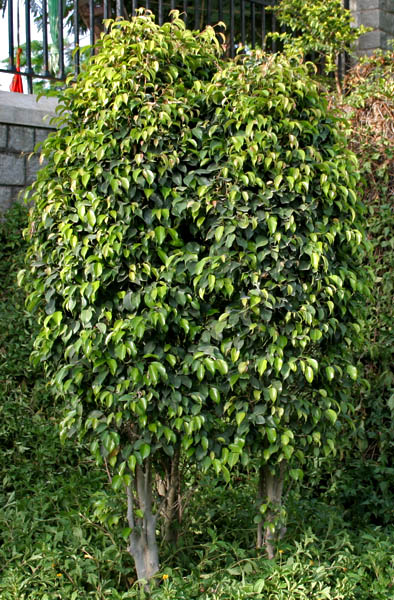types of ficus trees in florida
These plants are sold in wide range of sizes including tissue-cultured cuttings and plugs air layers small liners plugs. Leaf blades dimorphic those of sterile climbing stems closely spaced and 2-4 cm long and becoming larger with those of.
This is a large tree best used in settings where its form can be appreciated.
. The common fig tree Ficus carica is the most popular species because its flowers do not require pollination to produce figs. This species can also be found on sand dunes rocky shores and mangrove forests. It is both a specimen tree and and shade tree.
In cooler zones it is sometimes possible to get potted figs to produce fruit but they will need plenty of light and regular feeding. Propagation is by cuttings or layering. In general most varieties of ficus plants are easy to care for.
Ficus benjamina or Ficus microcarpa. Ad Compare Prices on live ficus tree in Plants Flowers. Monumental trees in Florida.
Banyans Ficus benghalensis in the United States. In some settings the tree begins as an epiphyte and sends roots down to the ground wrapping around the host. The thickest tallest and oldest trees in Florida.
They bloom from spring to summer Wunderlin 2003. The ficus burgundy tree is often used as an indoor plant. It is one of only two native fig species in Florida.
Leaves monomorphic the reticulate veins not prominent or only. There are other Ficus species such as Ficus rubiginosa which do not produce aerial roots and are much better suited as landscape trees for shade because they will not take over the landscape as will weeping fig. Species About 800 see text Ficus ˈfaɪkəs1 or ˈfiːkəs23 is a genus of about 850 species of woody trees shrubs vines epiphytes and hemiepiphytes in the family Moraceae.
Coconut palms are a popular species of palm tree in Florida that has long curving smooth stem growing up to 100 ft. The cultivar Exotica has wavy-edged leaves with long twisted tips. Listed as Threatened Plants in the Preservation of Native Flora of Florida Act.
Ficus aurea is frequently found growing in the hammocks and borders of mangrove swamps in the central and southern peninsula of Florida. It will thrive with lots of light but not direct sunlight. Ad Shop Spring Hill Nurserys Wide Selection of Trees and Save up to 30 on Select Items.
The remaining threeCaprifigs Smyrna and San Pedrorely on a specific wasp for cross-pollination a wasp not found in Florida. Defined as species of plants native to the state that are in rapid decline in the number of plants within the state but which have not so decreased in such number as to cause them to be endangered. It grows in tropical hardwood hammocks and pinelands as well as coastal strand communities.
The trees of this species feature vast and enormous curving roots that grow above the surface over the soil and can be easily seen. Native alternatives to laurel fig for use in home landscaping or natural areas include Strangler fig Ficus aurea Mastic Sideroxylon foetidissimum or Live. The species is present in a range of south Florida ecosystems including coastal hardwood hammocks cabbage palm hammocks tropical hardwood hammocks and shrublands temperate hardwood hammocks and shrublands and.
Ficus microcarp refers to small-leaved species. Ficus microcarp Ficus microcarpa A sprawling powerful tree in the photo is another popular room-like species of ficus. As an outdoor tree ficus plants can be large banyan trees fig trees or laurel trees.
Though it is not as aggressive as the strangler fig and other exotic fig species its seed still has the potential to take root in the canopies of other trees. Erect shrub or tree sometimes starting out epiphytic. There are at least 10 species of Ficus in the state only two of which are native.
Although most ornamental figs are trees a few are shrubs or vines. During the past 20 years Florida nurserymen have listed some 43 different species and cultivars of Ficus in the Florida Foliage Locator compiled and published by Florida Foliage Association. Ficus aurea is found in the Florida Keys and southernmost mainland Florida the West Indies Mexico Central America and northern South America.
There are four types of fig but only common figs are recommended for Florida as these trees do not require pollination for fruit production. Ficus aurea is found in central and southern Florida as far north as Volusia County. The thickest tallest and oldest Banyans Ficus benghalensis worldwide.
Common figs are parthenocarpic meaning the fruits form without fertilization. Collectively known as fig trees or figs they are native throughout the tropics with a few species extending into the semi-warm temperate zone. Carica can be grown in zones 6 and 7.
The Ficus macrophylal like the F. Of course another identifying feature of the palm genus Cocos is the fact the fruit is coconuts not juicy dates. The Ficus macrophylla specie is one of the biggest species of the Ficus trees genus.
Monumental trees in the United States. Woven from trees clipped and trimmed into perpetual submission as shrubs the classic South Florida ficus hedge grows almost everywhere often planted from one of two varieties. Types of ficus trees include shrub-like plants creeping vines and woody trees.
The pinnate leaves grow at the very top of the palm tree and create an arching crown. Some hardy cultivars of F. It is difficult to imagine that a tree about 25 meters high at home is grown as a miniature pseudo-bonsai or a dense shrub regularly forming a shrub.
Besides the strangler fig Ficus aurea this is the only other native fig species in Florida and is commonly seen in yards of older neighborhoods in south Florida. The strangler tree only occurs in FL Kartesz 1999. This is interesting in natural settings but may not be interesting in a formal setting.
Spring Hill Carries Unique Redbuds Dogwoods Maples and Other Exciting Ornamental Trees. Banyans Ficus benghalensis worldwide. Benghalensis tree too is a strangler tree.
Climbing or trailing vine. Indoor varieties of ficus trees are popular plants such as the Fiddle-leaf fig rubber plant Audrey ficus and the Weeping fig. The flowers of this species can be a variety of colors ranging from pink to orange or even red in some rare cases.
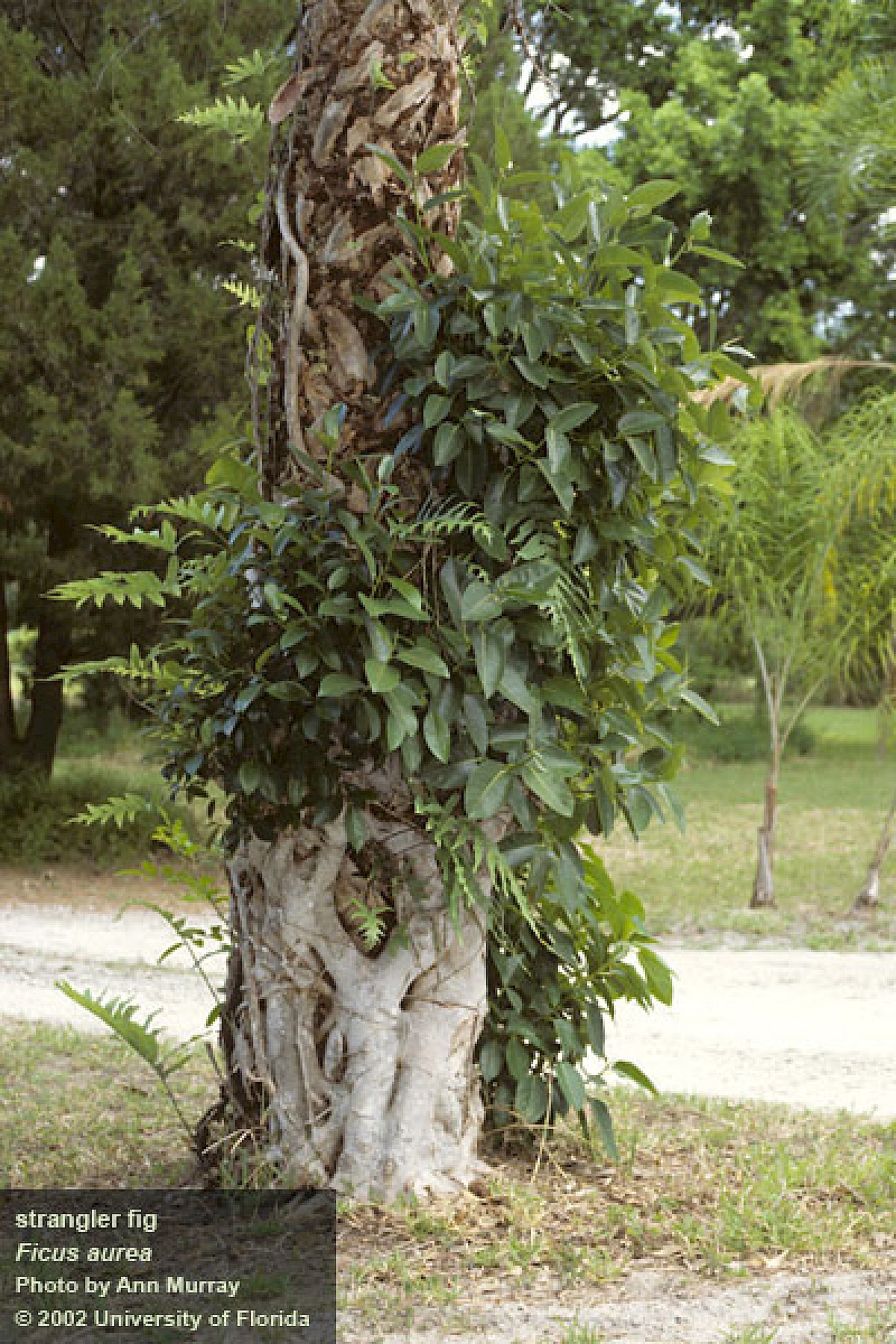
Center For Aquatic And Invasive Plants University Of Florida Ifas
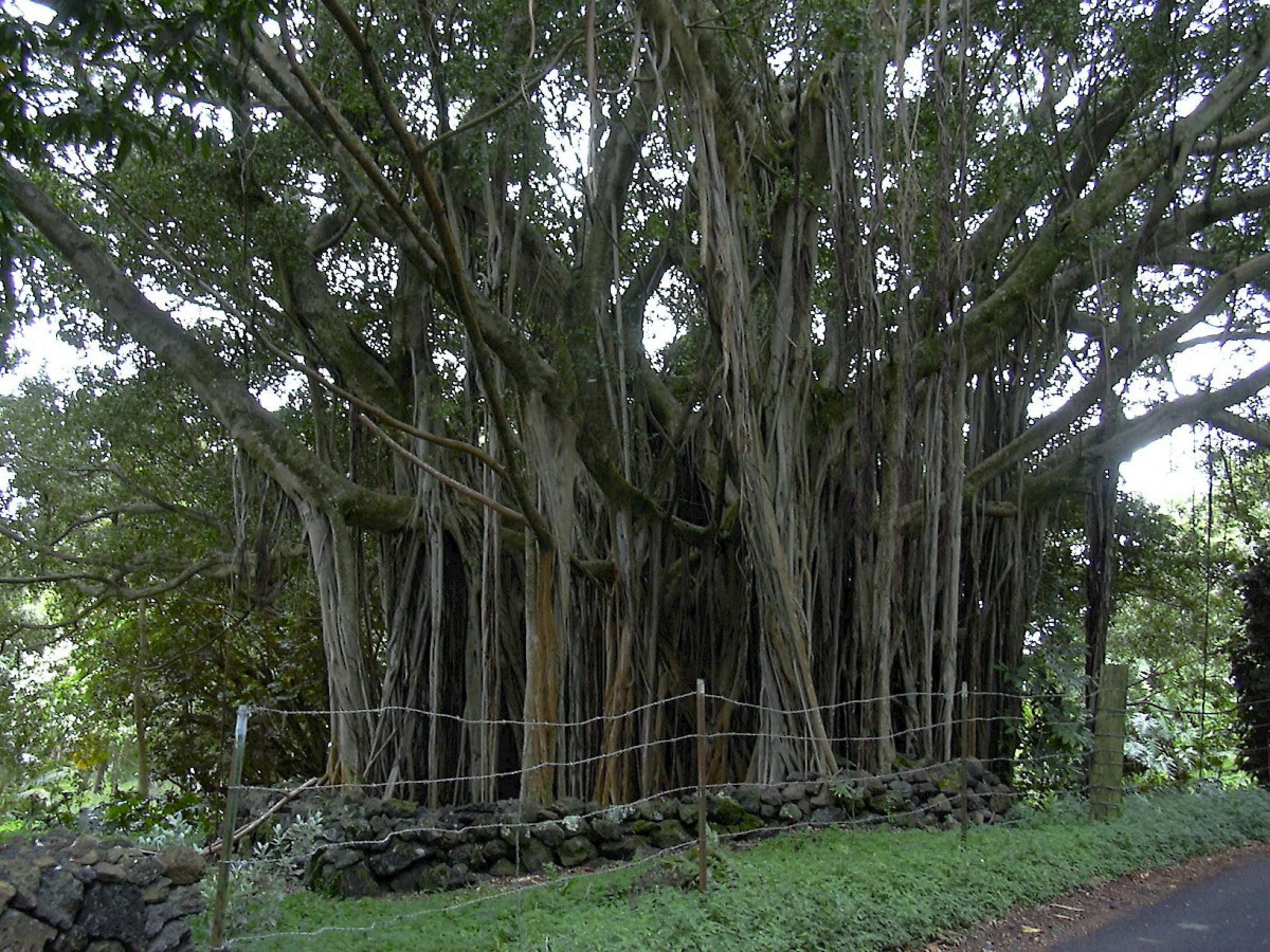
Center For Aquatic And Invasive Plants University Of Florida Ifas
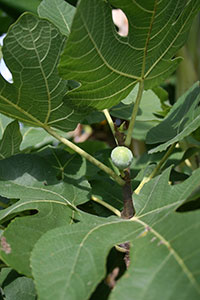
Figs Gardening Solutions University Of Florida Institute Of Food And Agricultural Sciences
How Long Does The Strangler Fig Tree Live For
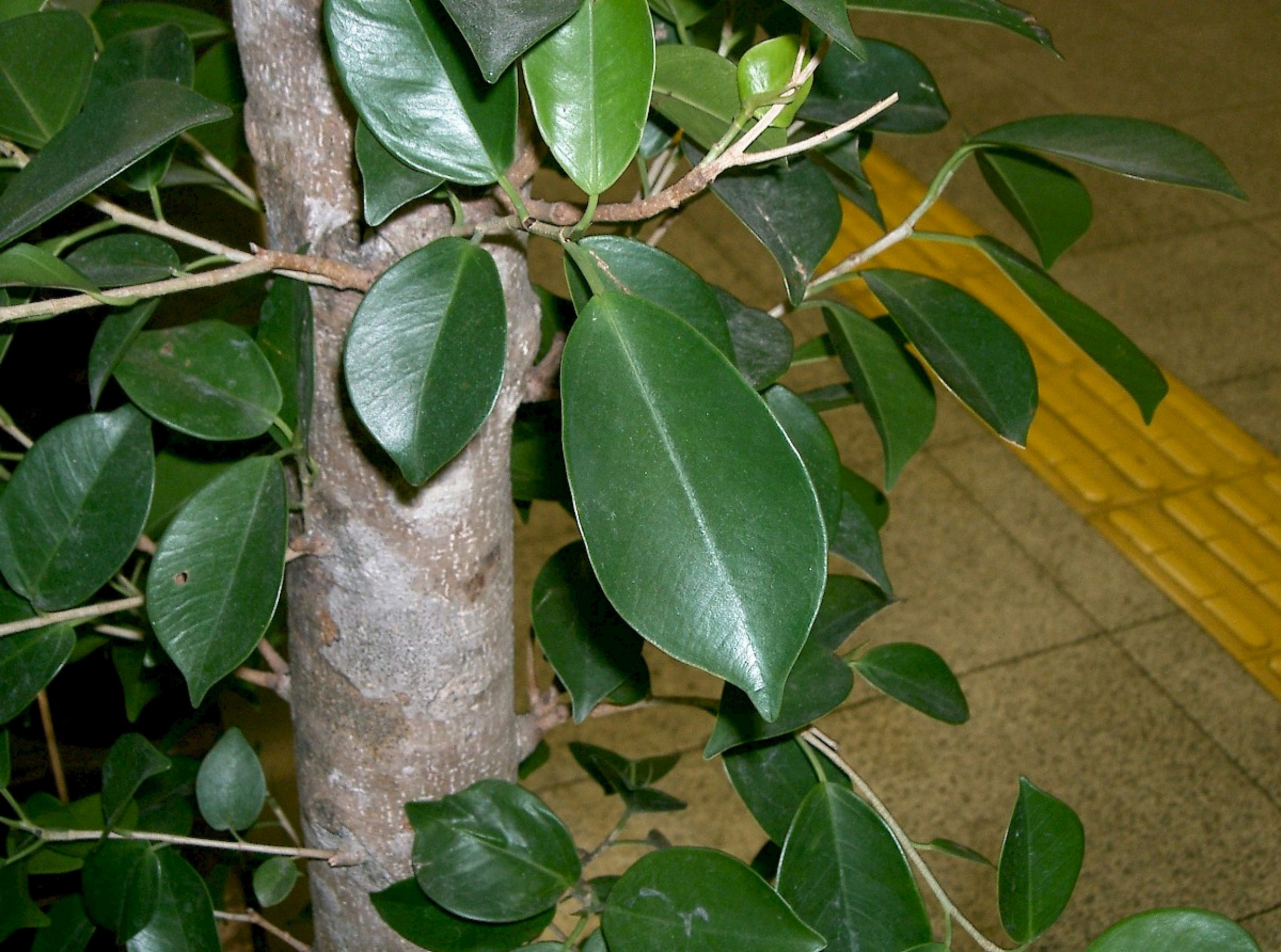
Center For Aquatic And Invasive Plants University Of Florida Ifas

The Native Banyan Ficus Citrifolia Also Known As The Shortleaf Fig Wild Banyantree And Wimba Tree Is A Species Of Banyan Native To Southe Ficus Plants Tree

Florida Strangler Fig Ficus Aurea Trees
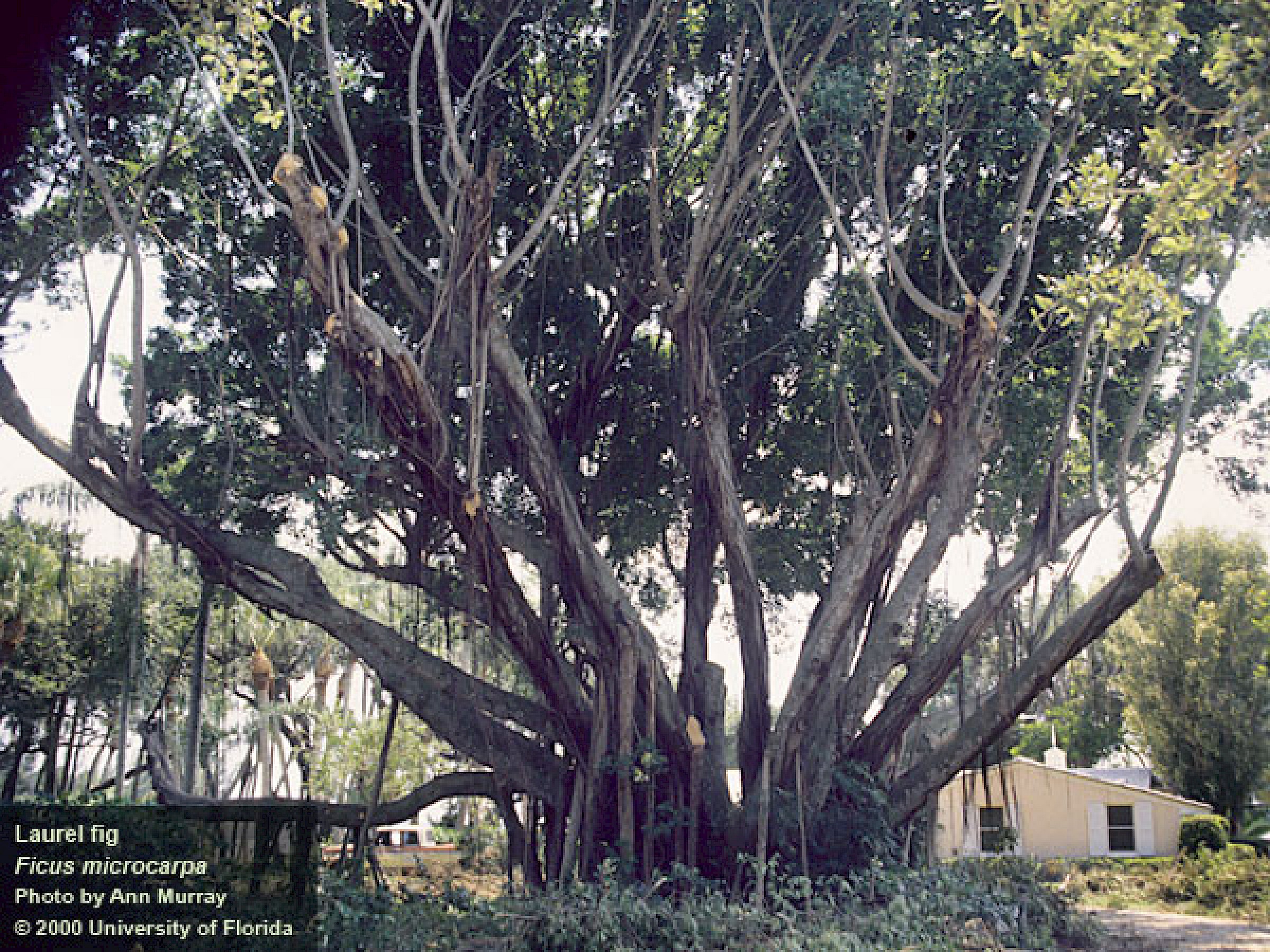
Center For Aquatic And Invasive Plants University Of Florida Ifas

Center For Aquatic And Invasive Plants University Of Florida Ifas

All About Strangler Figs Tree Tropical Landscaping Tree Roots
Tropical Trees Arboriculture Tropical Designs Of Florida
Ficus Benjamina Weeping Fig Ficus Trees And Ficus Hedges Article





